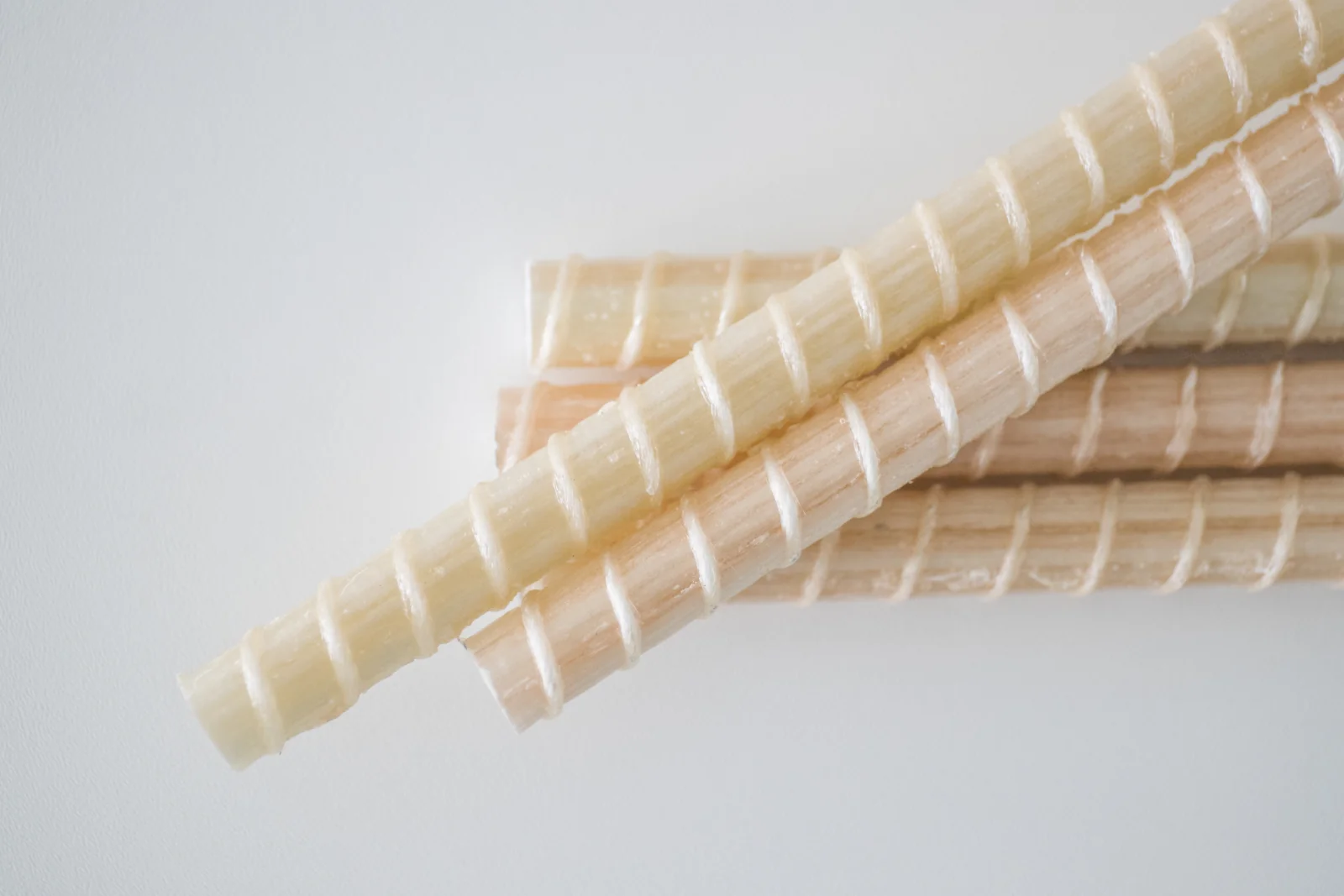Introduction
Have you ever considered the hidden heroes of our infrastructure that ensure the durability and stability of concrete structures? Rebar plays a crucial role in concrete pavements, but traditional materials like steel come with challenges. What if there was an innovation that overcomes these challenges while extending the lifespan of our roads and infrastructure? Meet fiberglass rebar a game-changer in the world of concrete reinforcement.
What are rebars in concrete?
Rebars, also known as tie bars, are essential components in concrete structures. They are placed in the longitudinal joints of concrete pavements to connect adjacent slabs. The primary purpose of rebars is to prevent these slabs from moving independently, which can lead to uneven surfaces and premature wear. By firmly linking the slabs together, rebars ensure even load distribution and increase the durability and lifespan of concrete structures.
Traditional rebars: the limitations of steel
Historically, rebars have been made of steel due to their high tensile strength and availability. However, steel has some inherent disadvantages:
- Corrosion susceptibility: Steel is prone to rust when exposed to moisture and chemicals, leading to structural degradation and higher maintenance costs.
- Weight: Steel rebars are heavy, making handling, transport, and installation more challenging and labor-intensive.
- Electromagnetic interference: Steel can cause electromagnetic disturbances, which can be problematic in environments with sensitive electronic equipment, such as airports and container terminals.
GFRP fiberglass rebar: an innovative alternative
With advancements in material technology, glass fiber-reinforced polymers (GFRP) have emerged as a viable alternative to traditional steel rebars. Fiberglass rebar offers several advantages that set them apart:
- Corrosion resistance: Unlike steel, fiberglass rebar is immune to corrosion, resulting in longer-lasting concrete structures without frequent repairs.
- Lightweight: Fiberglass is up to four times lighter than steel, making transport and installation significantly easier. This not only reduces labor costs but also improves safety on construction sites.
- High tensile strength: Despite their lightweight nature, fiberglass rebar offers high tensile strength, comparable to or even exceeding that of steel, ensuring strong and durable structures.
- No electromagnetic interference: Fiberglass is non-conductive, making it ideal for applications requiring electromagnetic neutrality, such as areas near sensitive electronic systems.
Using GFRP rebars in longitudinal joints
A concrete example of rebar application is in longitudinal joints of concrete pavements. Longitudinal joints are the connections between parallel concrete slabs in roads and airports. Here, rebars are essential to ensure that the slabs function as a single unit and to prevent differential settlement.
- Installation Process
- The installation process of fiberglass rebar in longitudinal joints follows these steps:
- Preparing the subgrade: Ensure a stable and level subgrade before placing concrete slabs.
- Placing rebar baskets: The fiberglass rebars are positioned in pre-aligned baskets, ensuring accurate alignment and depth. These baskets are lightweight and easy to handle, making installation efficient.
- Pouring concrete: Once the rebars are in place, concrete is poured and finished according to project specifications.
- Curing and finishing: The concrete is cured, and any necessary finishing touches are applied to ensure a durable and stable surface.
Practical benefits
Using fiberglass rebar in longitudinal joints offers multiple practical advantages:
Eco-friendliness: Fiberglass production generates less CO₂ emissions compared to steel production, contributing to more sustainable construction practices.
Efficiency: Due to their lightweight and easy handling, workers can install them faster, leading to shorter construction times and lower labor costs.
Durability: The corrosion resistance of fiberglass ensures a longer lifespan for the structure, reducing maintenance frequency and costs.
Conclusion
Fiberglass rebar represents a significant leap forward in the evolution of concrete reinforcement. Their inherent advantages over traditional steel rebars make them an attractive choice for modern infrastructure projects aiming for sustainability, efficiency, and cost-effectiveness.
Are you interested in how fiberglass rebar can improve your next project? Contact Fiber Dowels for more information and discover the possibilities of this innovative solution.
Do you want to read more about our products. Check out our product pages: fiberglass dowel baskets, fiberglass rebar baskets, fiberglass dowels, or fiberglass rebars.
